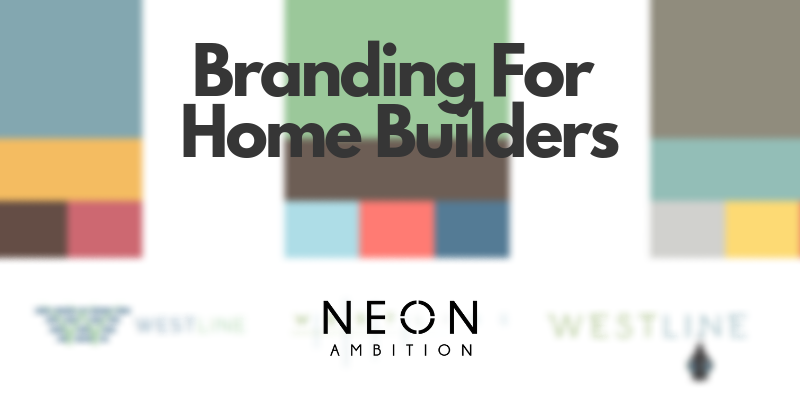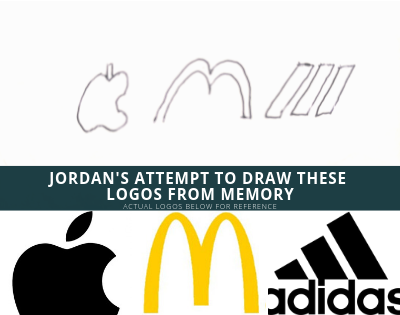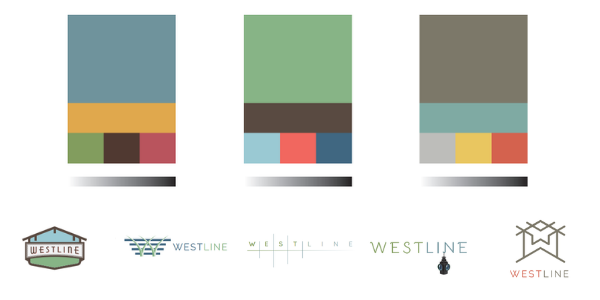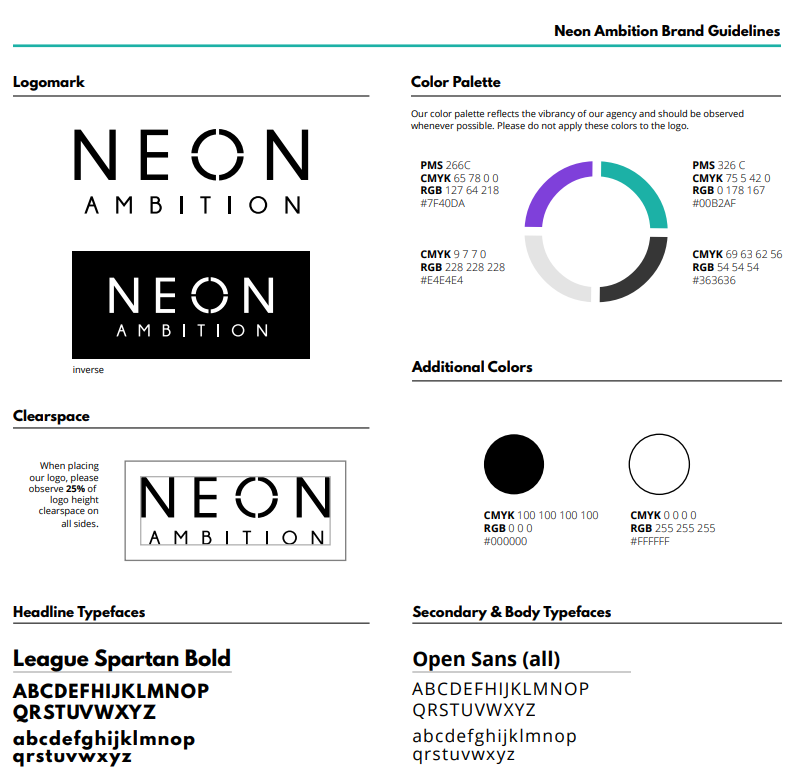Branding for Home Builders: More than a Company Name and Logo
Here’s a quick exercise for you: can you draw the McDonald’s logo from memory? How about Apple’s or Adidas’s? Maybe you wouldn’t nail every element, but you’d probably get pretty close, right?
You’ve just seen evidence of branding at work. The right branding elements — names, symbols, messaging and design — can transcend mere marketing to impact our daily lives. For instance, you probably don’t say you’re using a search engine. You’re “Googling it.” Our loyalty to our cell phone brand is strong enough to spark some serious arguments. In fact, our affinity for certain brands is so deep, we’re willing to pay money for the privilege of displaying them on our clothes! It’s pretty astounding when you think about it.
We present the examples above to illustrate just how influential a good brand can be. When the elements of a brand are in harmony, they can weave a powerful narrative, inducing buyers to action. Your development is most likely a little less global than that of an international computer manufacturer, but it will be much easier for homebuyers to relate to your community if you develop a strong brand for it.
Today’s branding relies on a sophisticated blend of technology, buyer data, language and design to communicate its message. But its basic purpose is still the same: to evoke emotions. Regardless of who your audience is, your branding needs to speak to the emotional lives of your customer base. Let’s look into strategies and tactics of modern branding for real estate developments and discover how the psychology of brands plays into buyers’ purchasing decisions.
Why Developments Need Branding
Before we dive into the specifics of creating a brand, however, we need to talk about why brands are important for developers. As you well know, a home is so much more than its architecture or construction. To your customer, a home represents the physical embodiment of deep emotions and practical needs.
Therefore, your development must speak to these aspects of home, even in buyers’ first interactions with the property. More specifically, developers need brands for the following reasons:
- The Stakes Are Higher. A home is a major purchase, both financially and emotionally. Solid branding conveys the professionalism buyers need to feel comfortable making such a large investment. But it also helps buyers project themselves into your community or development, imagining what it will feel like to live there.
- Brands Communicate Your Values. Now more than ever, buyers want to feel as though they’re living in communities that align with their own personal “brands,” or the way they perceive themselves. Strong branding helps buyers understand whether or not they “fit” that perception.
- Brands Are in It for the Long Haul. The sales cycle for selling out a large development or apartment complex may last several years. Brands help you gain notoriety and spark interest before you begin selling and onward as your property matures.
- Brands Offer a Clear-Cut Message. If your community has no message whatsoever, buyers will create their own — which could lead to inaccurate expectations and a poor overall reputation. With the right branding, you take the lead in the process, communicating on-point information about your development. You control your property’s message.
Developing Your Brand Personality
Brands are just like people: they have a personality all their own. Before you can build the assets you’ll need to communicate your brand’s story, you must decide what your brand stands for.
It helps to think about your brand as a person. What adjectives describe your brand’s personality? Is it quirky and hip? Charming and welcoming? Sophisticated and classy? What kind of people would befriend your brand? What sort of values does it have? What does it care about?
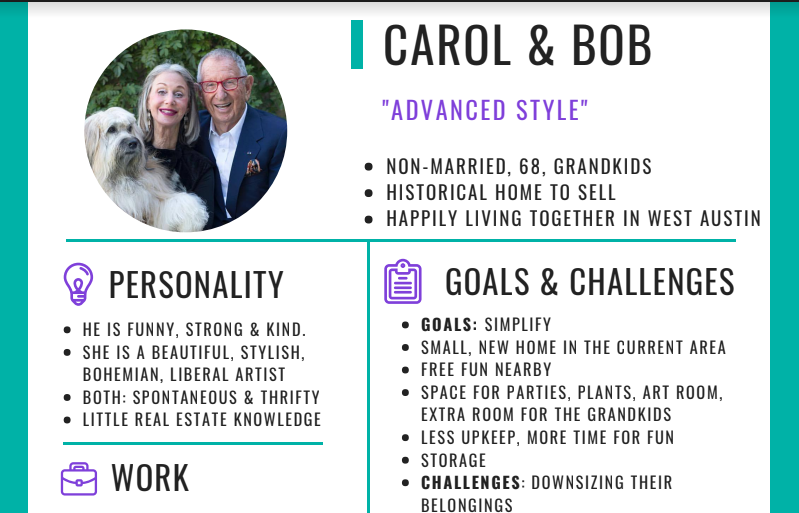
You also need to examine the brands of competitors — you can’t be unique without knowing what you’re being compared to. Be careful not to just “do what the other guys are doing.” Your customers have to sift through a dizzying volume of listings, development websites and new home advertising. If you don’t offer something different from your competitors, your marketing will fade into the background noise. And the last thing you want is for your apartment, development or condo to disappear into the crowd.
As you’re finalizing your brand personality, think carefully about the characteristics that make your brand distinct. Let’s say you’re working to build a LEED certified property. Maybe you can define your development brand as environmentally friendly. Maybe you’re the “pet-friendly” complex. Maybe you’re trying to build a strong social element in your community. Whatever it is, make it unique.
The Elements of an Effective Brand
“Branding” is a pretty abstract term, which is why marketers divide the task into several concrete deliverables. Brand assets typically consist of a compelling name, attractive logo, impactful tagline, consistent messaging and enticing design packages.
- Name. Choosing the right name is no simple feat. Names should be short enough to be memorable while encapsulating, in miniature, your development’s essence. Don’t be afraid to be playful here, trying unusual words or combinations of words. You can even make up your own word — as long as it feels right. Make sure to consider all the different contexts of your name before locking it down. You may want to run your name by a few different people on your team to ensure there’s not some other meaning you’re missing. Also search the name on the internet to check that a) it’s not trademarked and b) it’s not being used by another development or business in the area. Primarily, you want to avoid buyer confusion.
- Logo. The apartment’s name will often be presented alongside a logo, a small piece of artwork that captures your space’s je ne sais quois. A lot goes into a brand’s logo. Colors, typography, shape and symbolism should all factor into the end product. Consider how different colors and shapes make you feel. Are they active? Calming? Do they have a meaning associated with them? For instance, green typically denotes a natural space, while reds and pinks conjure up romance. The colors of your logo set the color palette for all your marketing elements. What about the typography? Is it elegant? Modern? These feelings should align with the emotions you’re trying to capture with your brand.
For example, we helped our developer client with its newest condo development in Austin through all the branding fundamentals. After we completed the naming and buyer persona portion of brand development, we were able to create logos and color schemes. Here’s an example of the choices we presented them:
- Tagline. Language is powerful, which means your brand must use it correctly. A tagline adds to the groundwork you’ve already established with your name and logo, giving buyers a short summary of the space. Ideally, this information is presented in a unique way that makes it memorable and succinct. Opposites, repeated sounds and syllable lengths, and popular idioms are all literary devices commonly employed in taglines. Another popular idea is to use a portmanteau, a mixture of two different words (as in “metrosexual”). Finding the right tagline takes a lot of work and willingness to play with different combinations of words and phrases. Pare your development down to its essential qualities and work from there.
- Messaging. Of course, your marketing campaign will span many different outlets, some of which will contain textual messages. In order to maintain consistent messaging and tone of voice, many developers create a “messaging framework,” a sort of guidebook that contains the basic selling points of your property as well as the audience you’re targeting and the tone of voice you’re trying to capture. The text in this messaging framework need not be used verbatim on other marketing assets, such as advertising or landing pages (although it can be). It’s more for inspiration and guidance, simply keeping everyone on the same page.
- Brand Guidelines and Corporate Identity. Your branded assets should also include design guidelines, including specific colors and fonts to be used in the branded design. Here, you’ll outline the rules for using your logo, including how it can be used and manipulated, and for what purposes. For example, check out a portion of the Neon Ambition brand guidelines:
Typically, you’ll also have your graphic designer create an official letterhead and envelope as well as an email signature and business card design to be used by employees.
Remember, designing a brand takes a lot of refining and — we won’t mince words — flat-out hard work. Of course, you don’t have to do it all by yourself. If you’re feeling overwhelmed by the thought of creating a brand from scratch, why not call in the pros? Contact us here at Neon Ambition to discuss your next project and how we can work with you to design a brand you’ll be proud of. We’ll help you build a brand that’s every bit as sturdy as your construction.

